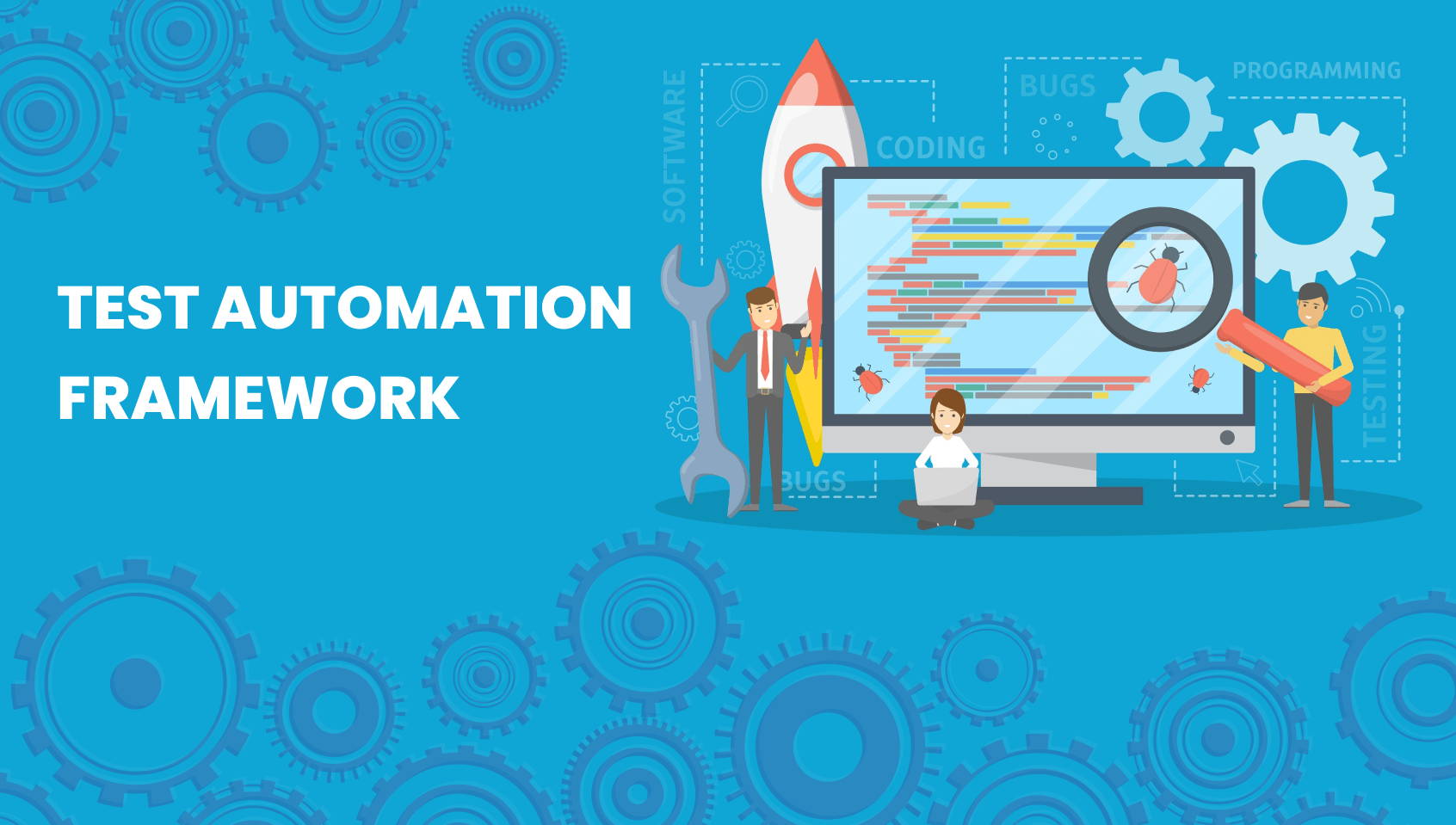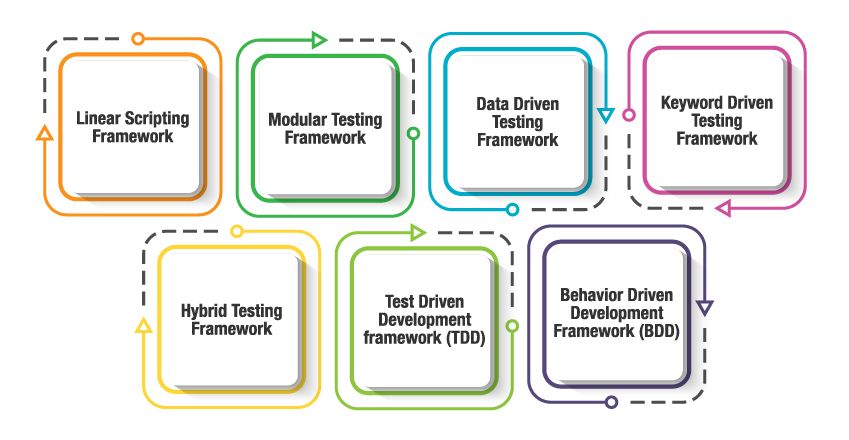What is the Best Way to Describe Automation

What is the Best Way to Describe Automation
When we think about the word “automation,” it brings to mind robots or machines that can do our work for us. But what is the best way to describe automation? With AI and IT being so prevalent in today’s market, this has increased interest in automation.
Automation is a term for technology applications where human input is minimized. It includes business process automation (BPA), IT automation, personal applications such as home automation, and more.
Automation has been widely adopted in many industries and has increased efficiency and productivity. The benefits of automation far outweigh the risks and will surely play a significant role in our future economy.
What is the Best Way to Describe Automation
The best way to describe automation is what makes machines run autonomously without human intervention. Machines can be programmed to carry out various tasks and respond to a set of given conditions. The devices can trigger the response with various inputs.
The same applies to computers and software. We call this process automation increasingly used across nearly every industry. Automation is used to complete repetitive tasks, such as searching for information, managing calendars, sending emails, etc.
Automation Framework should be there. Automation allows the creation and application of different technologies. With these technologies you require minimal human action to produce and deliver products and services _ a low-Level Process Flowchart.
How to explain automation framework
Automation Framework _ as the term “Framework” indicate, it’s a whole collection of processes and tools not a single tool or process designed to work together to support automated application testing. With it you can integrate several functions as libraries, test data, and reusable modules.
Automation framework is a set of guidelines and standards for the automated execution of tests, providing structure to the automation process and making it easier to maintain and expand.
Now, you must be wondering why is it so important? Well, the automation framework assists automation testing like a technical implementation guideline. For example, consider a scenario where a testing team includes members based on different automation testing codes. And they cannot grasp the common pieces of code and scripts updated by a team member in a project.
But with automation framework no such thing will happen. Because with this framework you not only can reuse the codes in various scenarios but can also jot down the test script in a standard format. Hence, the test automation framework handles all the issues.
· Test Suites
Maintain a well-defined strategy across the test suites.
· Speed
The enhanced speed at which testing progresses.
· Code
Maintaining the test code will be easy.
· URL or Application
You can test the URL or Application accurately.
· Continuous Testing
You will achieve continuous testing of coding and delivery.
Automation Framework Examples
Below are the Automation Framework Examples. Let’s jump to them:
1- Selenium
Selenium is considered one of the best test automation frameworks and needs no introduction. After 16 years of its inception, Selenium has made its name in the community in a way that it is often assumed that you already know what Selenium Grid is if you are an automation tester.
This browser testing framework comes in five components:
- Selenium IDE (for Selenium test development)
- Selenium Client API (to build tests in various other languages)
- Selenium Remote Control (RC)
- Selenium Web Driver
- Selenium Grid
2- Appium
Another hero in the list of best frameworks for automation testing is Appium. Appium is an extremely popular framework that you can use to test native, hybrid, and mobile web applications.
Appium is built on the idea that testing native apps shouldn’t require including an SDK or recompiling your app.” You can use this open-source software with your favorite tools and frameworks.
3- Robot Framework
The Robot Framework is counted among the best test automation frameworks that are open-source and used for robotic process automation and test automation.
Released first in 2008, Robot framework’s community and customer base have grown significantly. The framework is written in Python and can be used with other tools to create a powerful test automation solution.
Test automation framework is helpful when you need to execute the same test scripts multiple times with different builds to examine the application and validate output. It is better to avoid automated testing for functionality.
Which Describes the Paradox of Automation
After exploring the automation and the automation framework let’s dive into “Which Describes the Paradox of Automation”? According to the ‘Paradox of Automation’, when the automated system is efficient, the required human contribution of the operators becomes critical. Although the human intervention remains very little but more crucial.
But if an error occurs with an automated system then it’s not going to stop and will multiply until it’s fixed or shut down. Human will not be any less important with automation rather ‘ Efficient Automation’ keep them on the top.
The paradox of automation as having three strands is paraphrased here:
First strands
Since automated systems can be so easy to operate, automatically correcting mistakes can accommodate incompetence and mean that you can hide an operator’s lack of skill or incompetence for a long time.
Second strands
Automatic systems can erode the skills of even expert operators over time by removing the need for practice.
Third strands
Automated systems often fail in atypical circumstances or ways that produce unusual situations, amplifying the need for a particularly skillful response. The more capable the automated system, the worse the potential situation might be.
Why does Automation Need Humans?
Although automation makes the human life easier by the involvement of technology but still it can cause issues and need human assistance in its operations. The human intervention becomes very less but still play a crucial role. Computers outperform humans for tasks like crunching numbers, analyzing large sets of data, and finding patterns. Yet, despite its advances, automation needs humans.
· Improvisation and Decision-Making
Automated technologies are designed to manage predictable, routine tasks. It is why automation has a large presence in manufacturing and factories. Assembly lines follow a specific, standardized process that is repetitive, which means you can teach machines via machine learning.
However, in fields where professionals face situations that require “thinking on your feet,” humans greatly outmatch computers.
· Creative Thinking
Have you ever heard of a robot inventing anything? In real life, the answer is no. Humans are innovators and creators. Computers may be able to identify problems based on previous data sets and algorithms.
They don’t create anything completely new. Humans can because they possess the creativity, imagination, and abstraction that computers lack.
· Imperfection: The Enemy of Quality
Computers work perfectly—until they don’t. They can be hacked. They can get viruses. They can experience glitches and errors that impair their performance. In fact, in some cases, computers are more vulnerable to errors and mistakes than humans.
Types of Automation Framework
Each automation framework is equipped with unique architecture, merits and demerits.
Process: Automation frameworks provide an organized approach to automated testing, allowing for the reuse of code, increased test coverage, and better test maintenance.
Some of these frameworks are:
1. Linear Automation Framework
The most commonly used automation framework for the testing of the small applications is the linear Automation framework. Another name of this framework is ‘Record and Playback framework’.
Pros
With linear automation framework you don’t have to write custom code, so test automation expertise is unnecessary.
Cons
You cannot re-run the test cases with multiple sets because the data is hardcoded in the test script. So, in order to keep the data safe from any alterations you need to make some changes.
2. Modular Driven Framework
This framework allows the tester to break down the application into smaller modules to create test scripts module-wise as per client’s requirements and creating test scripts individually.
Pros
The great benefit of this framework is the script division, that make it’s scalability and maintenance easy. You can write independent test scripts.
Cons
The downside of the modular driven framework is that you have to invest more time to analyze the test cases and identify reusable flows.
3. Behavior-Driven Development Framework
If you want to create a platform for the active participation of every person, like Testers, Business analysts, Developers, etc., then Behavior Driven Development framework is for you. Moreover, there will be an increased collaboration between the testers and the developers on your project.
Pros
Behavior-Driven framework do not bound you to use highly technical language for the test specifications of the behavior-driven testing, rather you can use non-technical-natural language now.
Cons
To work efficiently with this framework, sufficient technical skills and prior experience in Test-driven development are required.
4. Data-driven Testing Framework
Generally external files like Excel Files, Text Files, CSV Files, ODBC Sources and DAO Objects, needed to read Test Data and they were loaded into the variables inside the Test Script. But with the data-driven framework now it’s possible to create test automation scripts by passing different test data sets.
Pros
Data-driven framework allows you to test various scenarios in less code. Because it reduces the number of scripts required.
Cons
But to utilize the design of this framework completely, you must have a highly experienced tester, proficient in multiple programming languages.
5. The Keyword-Driven Testing Framework
The keyword-Driven Testing framework is also referred to as table-driven testing. This framework is best only for small projects or applications. And to perform the automation test scripts it relays on the keywords specified in the excel sheet of the project.
Pros
You can use a single keyword across multiple test scripts, making the code reusable.
Cons
In the beginning you may find the setting up of the framework expensive, complex and time consuming.
6. The Hybrid test Automation Framework
A hybrid Framework combines the benefits of Keyword Driven and Data-Driven frameworks.
Pros
This framework gives the privilege to enjoy the advantages of all kinds of related frameworks.
Cons
Tests are fully scripted in a Hybrid Testing Framework, thus increasing the automation effort.
What is the best way to describe automation frameworks is to explain all of the above, which can be effectively used to handle the code systematically and can be reviewed by a third person easily. You can choose the framework per your project requirements, team expertise, time, and budget.
Automation Technology Examples
The standard automation technology examples are basic automation, process automation, and integration automation, artificial intelligence (AI) automation.
Basic automation example
Basic automation takes simple, rudimentary tasks and automates them. This level of automation is about digitizing work by using tools to streamline and centralize routine tasks.
Such as using a shared messaging system instead of having information in disconnected silos. Business process management (BPM) and robotic process automation (RPA) are types of basic automation.
Process automation example
Process automation manages business processes for uniformity and transparency. It is typically handled by dedicated software and business apps.
Using process automation can increase productivity and efficiency within your business. It can also deliver new insights into business challenges and suggest solutions. Process mining and workflow automation are types of process automation.
Integration automation example
Integration automation is where machines can mimic human tasks and repeat the actions once humans define the machine rules.
One example is the “digital worker.” In recent years, people have defined digital workers as software robots trained to work with humans to perform specific tasks. They have a specific set of skills, and they can be “hired” to work on teams.
Artificial intelligence (AI) automation example
The most complex level of automation is artificial intelligence (AI) automation. Adding AI means that machines can “learn” and make decisions based on past situations they have encountered and analyzed.
For example, virtual assistants powered can reduce costs in customer service while empowering both customers and human agents, creating an optimal customer service experience.
FAQS: What is the Best Way to Describe Automation?
What is the best way to describe automation making human workers?
Automation means that manual work is now being done using the software. They are making human workers fully reliant on technology to perform their job responsibilities and developing highly advanced robots that mimic higher-level human thinking.
Final Words
So, here ends our article on what is the best way to describe automation, in which we cover automation frameworks, types and examples, and the query which describes the paradox of automation. In addition to these perks, they offer high ROI. Test automation frameworks are something every software company should deploy for skyrocketing revenue.
Automation enhances our quality of life; and ensures our software systems’ reliability, efficiency, safety, constant improvement, and competitiveness. Without this, we cannot advance into the future.
I hope you have enjoyed learning visit ScrapeWithBots for automation products.






